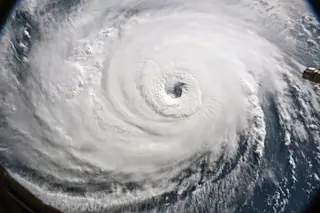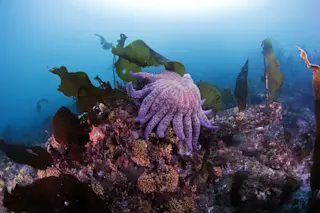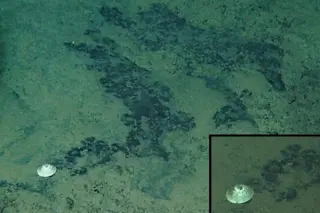Hurricane, typhoon, tropical cyclone ... they’re all different names for the same thing: a giant patch of low pressure surrounded by a gyre of fierce winds. Beautiful from afar, hurricanes are deadly up close. They can devastate communities with lashing winds, torrential rains and storm surges that literally shove the ocean onto land.
A hurricane’s impact is hard to overstate. One infamous storm at the turn of the 20th century wiped away half of a Texas city; another may have altered the course of the American Revolution. The recipe for these powerful and immense storms is quite simple: Warm water, specific atmospheric conditions and a little bit of spin are enough to create hurricanes that can span over 1,000 miles.
What’s in a name? A tropical cyclone is the official name for these swirling systems of storms, but you’ll hear different names based on their location; specifically, they’re hurricanes in ...















